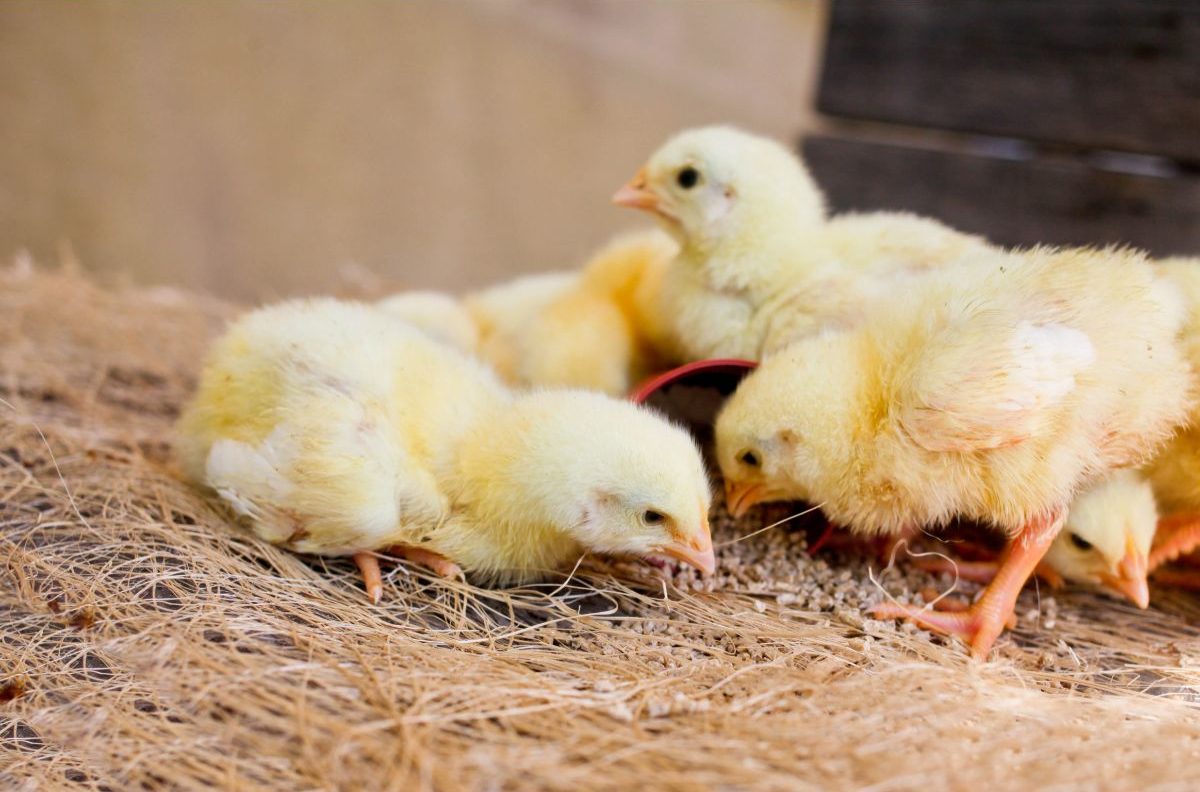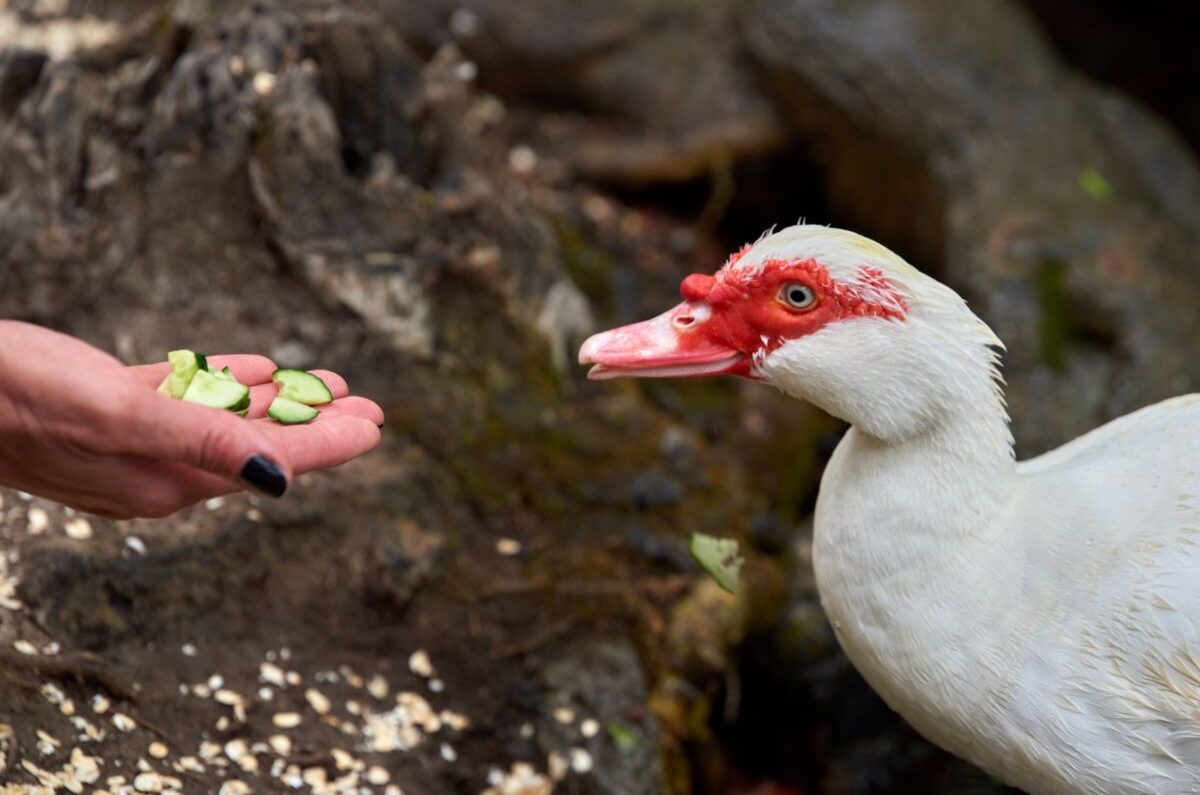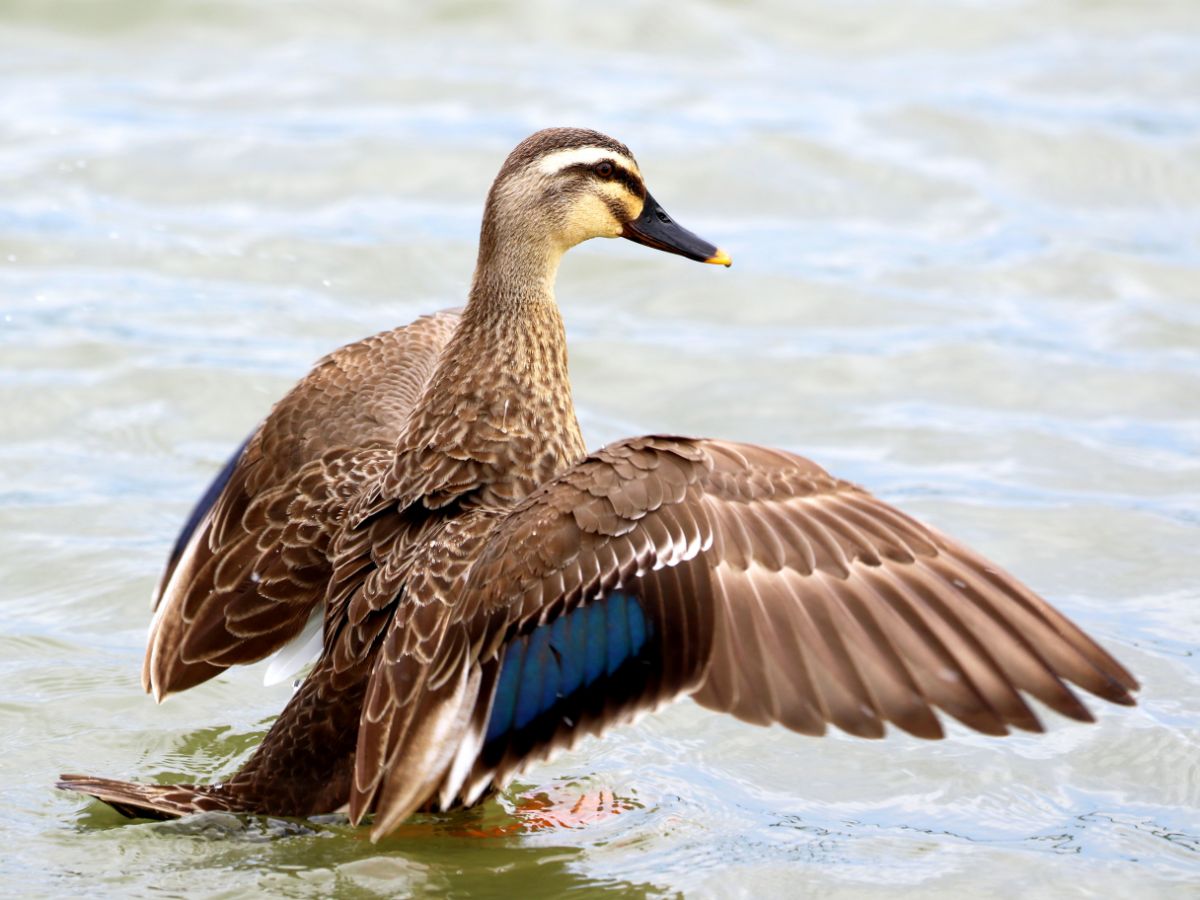Having bedding on the floor of a chicken brooder is crucial for several reasons – it keeps the baby chicks from slipping around, prevents leg deformities, and plays a key role in keeping the brooder hygienic. Several types of bedding can be used in a chicken brooder, but what bedding is the best choice?
The best types of bedding for a chicken brooder are paper towels, puppy pads, untreated wood shavings, and coarse river sand. It’s good to use different kinds of bedding as the chicks grow in the brooder. Start off with paper towels for the first week, and then change to wood shavings or sand.
You may have seen hay, straw, newspaper, and fabric towels being used as bedding in a chicken brooder, but these are not the best choice. They all have some serious drawbacks. This article discusses the advantages and disadvantages of various types of bedding and suggests the best bedding materials to use in a chicken brooder.
Contents
What Bedding Materials Can You Use For A Chicken Brooder?
You can use many different materials as bedding for a chicken brooder, but some kinds work much better than others. The most common types of bedding that people use for chicken brooders are:
- Paper towels*
- Puppy pee pads*
- Wood shavings*
- Hemp bedding*
- Medium to coarse river sand
- Hay or straw
- Newspaper
- Fabric towels
1. Paper Towels
Soft, dust-free, non-slip, inexpensive, and super-absorbent, paper towel is the perfect bedding material for the chicks’ first week inside the coop.
During their first week in the brooder, the baby chicks peck at absolutely everything because they are still figuring out what is food and what isn’t. Paper towels are the best bedding for the first week because the chicks cannot ingest them.
The sound of chick feed being sprinkled on the surface of the paper towel attracts the curious little chicks’ attention, and they quickly learn what their feed looks like.
Baby chicks have very fragile legs. If the floor of the brooder is slippery, they can easily break their legs or develop a condition called spraddle leg.
Paper towels are designed to be absorbent, so they are great at soaking up the chicks’ poop. You need to replace the paper towels often as they get soiled quickly, but this isn’t an issue because they are very cheap.
2. Puppy Pads
Puppy pads are great for all the same reasons as paper towels. They are non-slip, ultra-absorbent, dust-free, and soft. However, they are an extremely expensive option.
If you want to use puppy pads as bedding in your chicken brooder, consider using them only for the first week.
3. Wood Shavings
Wood shavings are the most commonly used bedding material. It is soft, non-slip, and inexpensive, and you can throw the soiled shavings into your compost heap.
Baby chicks love wood shavings inside the brooder because they can scratch around in it and practice foraging. However, wood shaving should not be used in the first week because baby chicks will eat it and get sick.
Many people recommend pine shavings, but scientific research has shown that the dust from pine shavings is toxic. Avoid using cedar wood shavings at all costs, as it is also toxic and will cause respiratory problems in the chicks.
It is crucial for the wood shavings to come from untreated wood! Using treated wood shavings or ones with added essential oils can harm chicks’ respiratory tracts.
The best types of wood shavings to use are aspen shavings. But depending on where you live, this may not be the most widely available material.
4. Hemp Bedding
Hemp bedding is a fantastic choice from week two onwards. It is a cheap, sustainable, compostable option, and it functions well in a chicken brooder.
Chicks enjoy scratching around and foraging in hemp bedding. The material is absorbent and good for controlling odors in the brooder.
5. River Sand
Medium to coarse-grained river sand is excellent as a bedding material for a chicken brooder. Very fine sand cannot be used because it is too dusty. Look for construction-grade sand.
Sand is inorganic and highly absorbent, so it is the most hygienic choice of bedding. When the chicks poop, the moisture is quickly absorbed, leaving no time for bacteria to develop. You can simply use a kitty litter scoop to remove the soiled patches of sand daily.
Baby chicks cannot slip on sand. The sand is good for the development of their feet and legs because it is slightly abrasive.
Sand also allows the chicks to dust bathe. This keeps their feathers clean, and they enjoy practicing the behavior.
Be aware that sand can get too hot under an infrared heat lamp. Therefore, only use a radiant heat source if you are using sand.
6. Hay Or Straw
Hay and straw are not the best options for bedding in a chicken brooder. Chicks have a hard time walking on it, and it is not absorbent enough to be hygienic.
If it is your only available option, you must chop the hay or straw up into small pieces. You also have to be pedantic about cleaning the brooder because bacteria and mold develop quickly in soiled straw or hay.
7. Newspaper
Many chicken owners use newspaper in their chicken brooders because it is very inexpensive, and they already have it lying around at home.
Newspaper is the worst bedding material to use for a chicken brooder! Newspaper is extremely slippery, and baby chicks are very likely to develop spraddle leg, or even dislocate a leg.
Avoid using newspaper if you can!
8. Fabric Towels
Using old fabric towels as bedding in a chicken brooder can work, but they are very difficult to keep clean. Only go for this method if you enjoy doing laundry.
The baby chicks are not able to scratch and forage on towels, but at least they won’t eat them or slip.
Conclusion
When choosing a bedding material for your chicken brooder, by far, the best options are river sand, hemp bedding, or aspen shavings. These are the most enjoyable for the chicks, and they are the most hygienic. For the first week, it is best to use paper towels as bedding.




